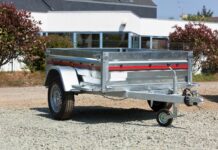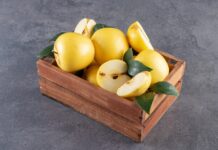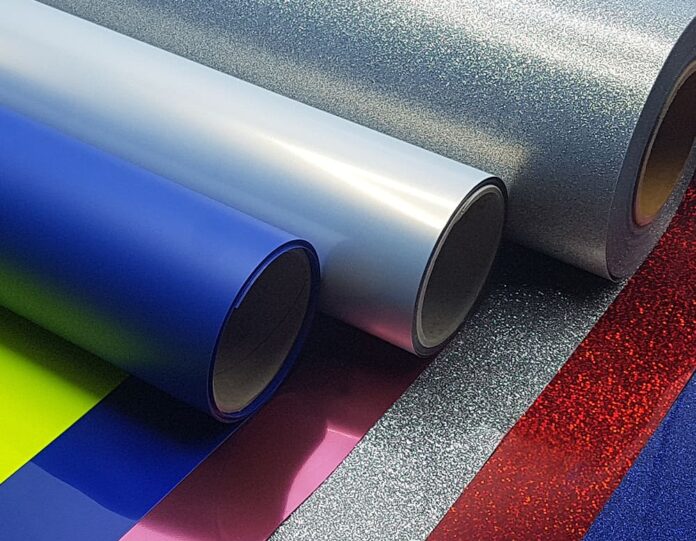
Vinyl, by definition, is one of the most commonly used types of plastic all around the world. It is extremely popular because it is relatively easy to produce, it is affordable, versatile, and really durable. When we think about this synthetic polymer, we usually think that there is only one type of it and that we can only use that model for our needs. However, it is actually much more than that, and there are so many different types of vinyl that can be used for a number of projects. Keep on reading to find out more about this synthetic polymer’s types and their uses.
Adhesive
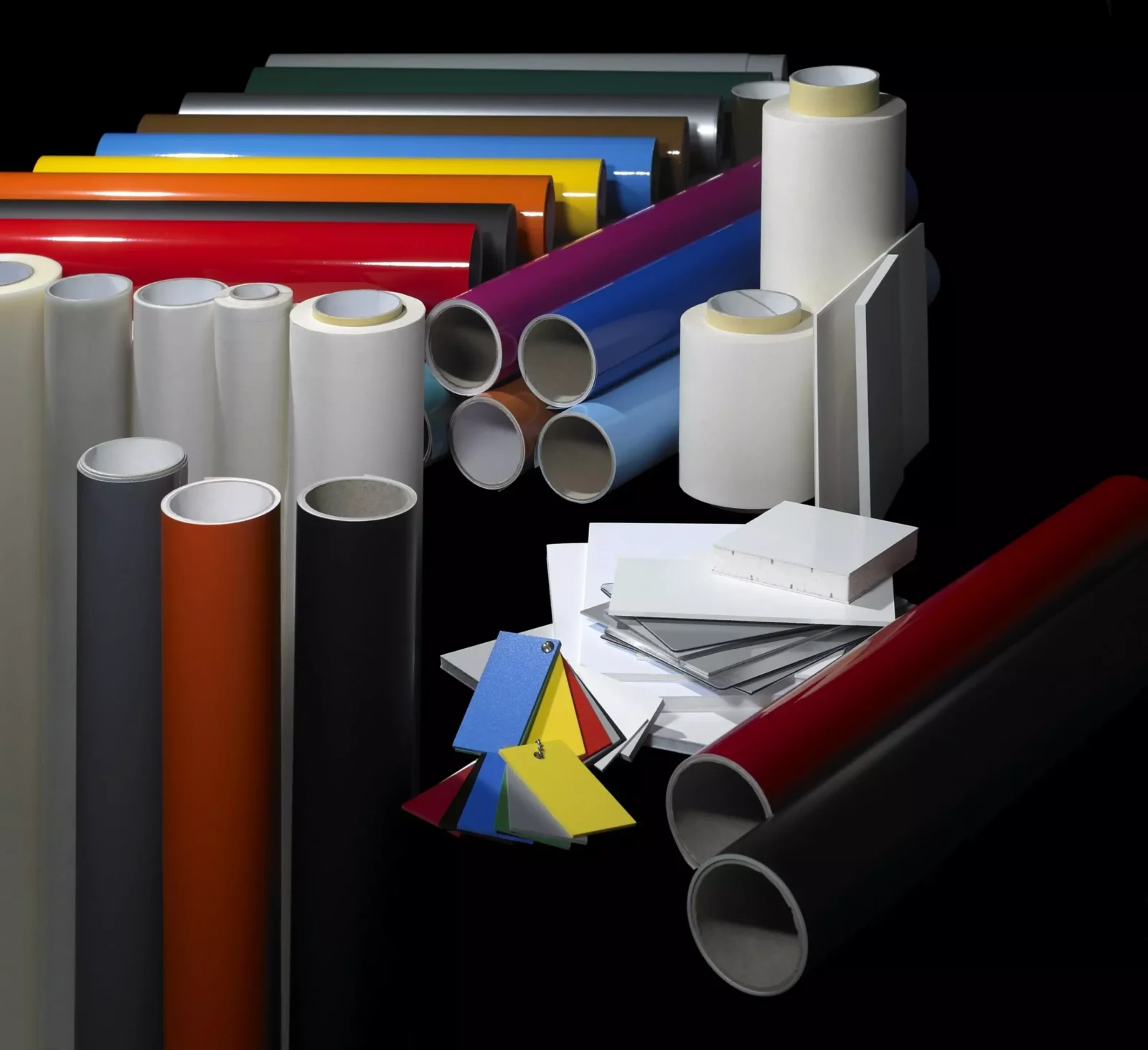
The first model we are going to talk about is the adhesive vinyl. As the name suggests this type can be stuck or glued on different types of surfaces and objects without the need of using any additional flue or adhesive substance.
This model can be divided into two subcategories – the first one is a permanent synthetic polymer which means once you get it stuck on something, it cannot be removed with ease. The positive thing about it is that it will not get easily moved or damaged and it is the number one option for any outdoor project. The second main subtype is a removable adhesive and as the name suggests, it can be added or removed without too much trouble. Some of the units can be reused while others are made for one use only. This type is not great for outside projects and is mostly recommended for usage inside an enclosed space.
Heat transfer
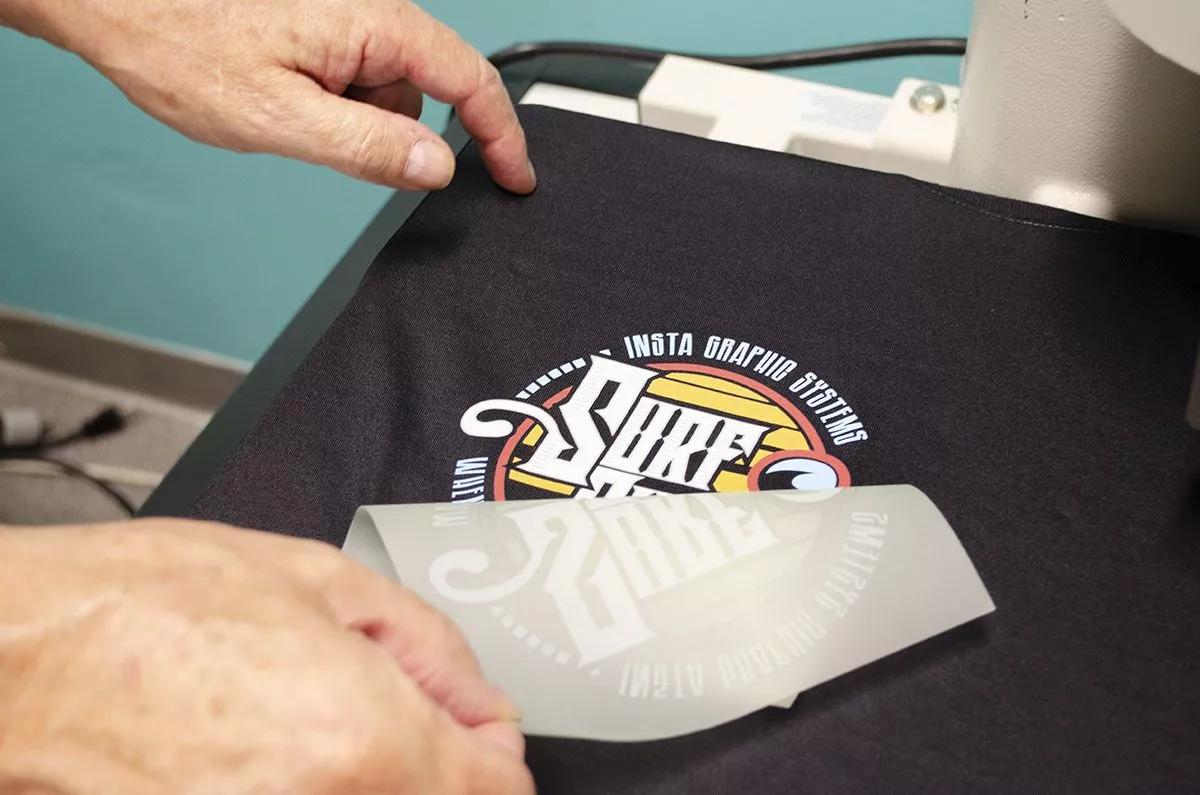
Another model that is commonly used is the heat transfer, also known as HTV. This type is different from the adhesive one because it cannot be stuck on anything if there is no heat present. However, when it is combined with heat, it can easily be glued on anything without the need of using other types of paste that would allow sticking between two surfaces.
It is most commonly used with fabric to create different and unique prints and to provide protection, but it can also be used on other types of materials. As you can see on HTVRONT, there are many different subtypes of this model, and one of the most interesting things about it is that it comes in a variety of designs that you can use for your project.
It is versatile and it is permanent, so once you use it on your shirt or bag, it will not get damaged with time or with washing. It is great for DIY projects because you would only need an iron or any other type of heat-transferring device that would allow the vinyl to be properly pressed down and glued to the surface.
Printable
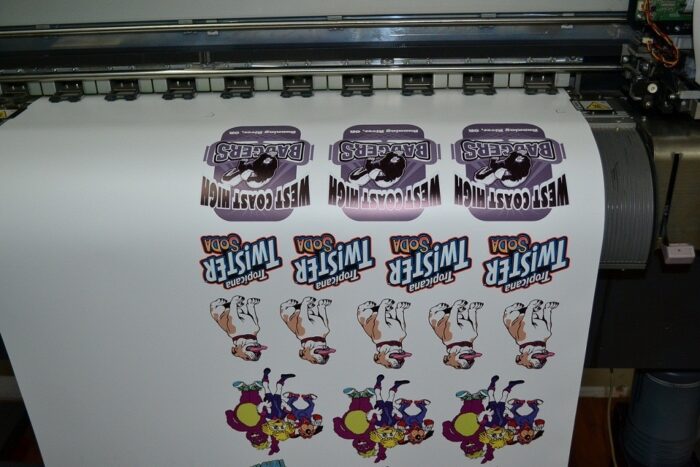
This model is perfect for those who are looking to create something unique and who don’t want to just stick with the standard designs and options. This type of vinyl is most commonly combined with the heat transfer one, and you can choose to create any print on it before usage. Note that even though this is in a similar category as the iron-on, it is still slightly different because you can customize it.
One thing that you need to know about this type is that it cannot easily be combined with other adhesives or layers because it will not let anything else stick on it. On one side, this is a great perk for users, but on the other, it can be seen as a negative, especially if you want to layer your designs or items. You will need to use a transfer mask to get the best experience with this type and it will allow you to easily press and add your design on the surface of your choosing.
Transfer tape
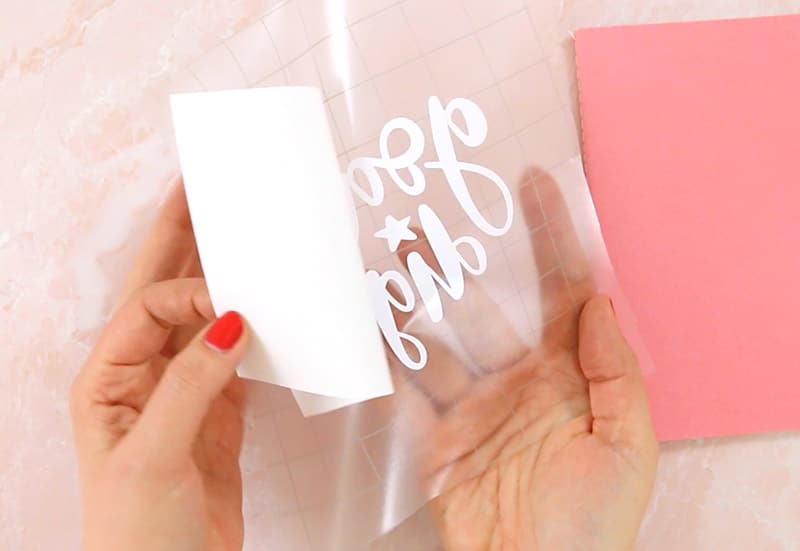
Now let’s talk about the transfer tape or mask, and this model has also different subtypes that allow the users to get the best out of the project. Experts most commonly recommend that users purchase different types of transfer masks so that they can find the right one for their needs with ease. This is probably the least expensive type of synthetic polymer and that is why it is also the most commonly preferred ones.
You can find this tape in different lengths, and you should start with the shortest one, especially if you are not sure which model is going to be the best one for your project. Remember that depending on the heat, humidity, and the type of surface you want to add the mask on, the sticking may vary. Some of the models, like the textured tape, may be easier or harder to stick on something, and the finishing result will be different as well. However, once you find the exact type that you need, you will be amazed by the finished product and how it looks.
Stencil
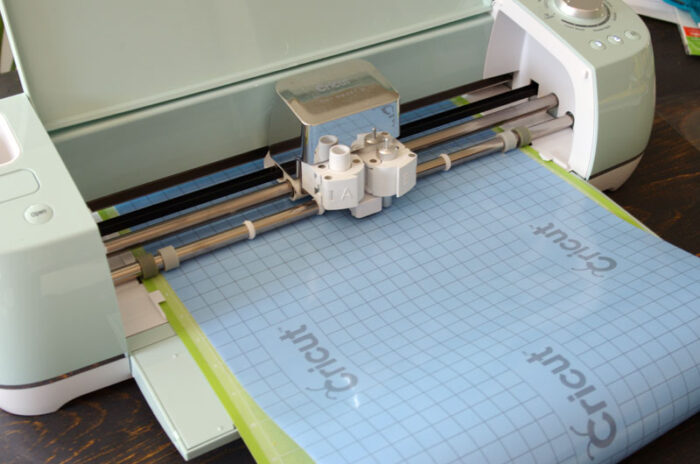
The last type we are going to talk about is the stencil synthetic polymer and it comes with a variety of uses. The most common one is to help users easily paint on different surfaces, including wood, and it will help you finish the job without making a mess everywhere around you.
This type of vinyl does not have too strong protection properties, but it will help you get short-term jobs done without you having to worry about the stencil moving around or getting damaged. It most commonly comes combined with the adhesive, removable model, and you can easily stick it to any surface, paint, or do any changes that you want to, and then remove the stencil without any residue being left on the product.
Note that these units cannot be reused, and once you stick it and get the job done, you should throw the synthetic polymer away. You can create your own designs for it, or you can purchase models that are pre-made or pre-cut.
There are also a lot of other types and subtypes of vinyl that you can use for both your home and business projects, and you can choose if you want to invest in something that is made for inside or outdoors use. All the models are durable, easy to attach, maintain, and if needed, remove. Make sure you understand the different categories before you make your final decision, and if you have any questions about the things you can do with them or use them for, you can always reach out to the company that sells or manufactures them and ask for guidance depending on your specific application


